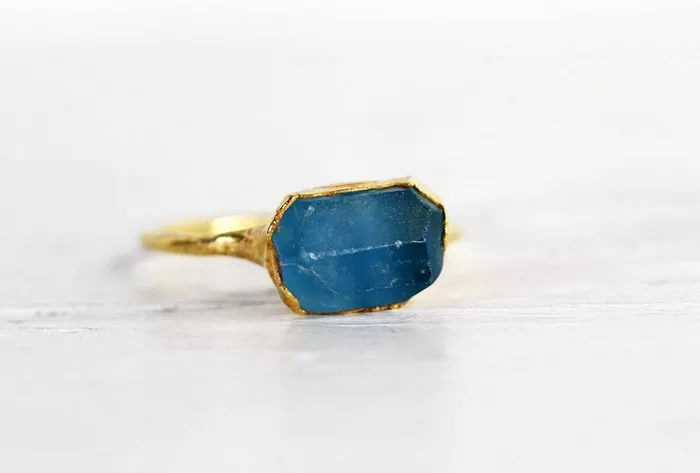Jewelry appraisal is a field that combines art, science, and expertise to determine the value of gemstones, metals, and jewelry pieces. In this context, understanding the price range of different gemstones and materials is crucial. This article aims to provide a detailed introduction to the price range of black tourmaline and white marble, using simple sentences, logical reasoning, and popular science to explain the factors that influence their pricing.
Understanding the Factors that Influence Pricing
Before diving into the specific price ranges of black tourmaline and white marble, it is essential to understand the factors that influence pricing in the jewelry and gemstone industry. These factors include the rarity of the gemstone or material, its quality and clarity, the demand and supply dynamics, geographical sourcing, and the overall economic environment. Each of these factors plays a significant role in determining the final price of a gemstone or material.
Black Tourmaline: A Detailed Price Range Analysis
Rarity and Demand
Black tourmaline is a semi-precious gemstone known for its dark, almost metallic appearance and its ability to conduct electricity. It is relatively rare compared to other gemstones, which contributes to its higher pricing. The demand for black tourmaline has been increasing in recent years due to its unique aesthetic appeal and its believed energetic properties. This increase in demand has pushed up prices, making black tourmaline a more expensive gemstone.
Quality and Clarity
The quality and clarity of black tourmaline also play a significant role in determining its price. Gemstones with fewer inclusions, better color saturation, and a more uniform appearance tend to be more valuable. High-quality black tourmaline pieces with excellent clarity and cut can fetch higher prices than lower-quality stones.
Carat Weight
Carat weight is another important factor that influences the pricing of black tourmaline. Larger gemstones are generally more rare and difficult to find, which makes them more valuable. The price of black tourmaline increases exponentially with its carat weight, making larger stones significantly more expensive than smaller ones.
Geographical Sourcing
The geographical sourcing of black tourmaline also affects its pricing. Some mines produce higher-quality stones than others, and these mines tend to command higher prices. Additionally, the cost of mining and transporting gemstones from different regions can vary, further influencing the final price.
Market Dynamics
Finally, market dynamics such as supply and demand, economic conditions, and fashion trends can also affect the pricing of black tourmaline. For example, if there is a shortage of black tourmaline in the market, prices may increase due to scarcity. Conversely, if the market is flooded with black tourmaline, prices may decrease due to competition.
Based on these factors, the price range for black tourmaline can vary widely. Smaller, lower-quality stones may sell for as little as 200 or more per carat. It is important to note that these prices are not fixed and can fluctuate based on market conditions and individual seller pricing.
White Marble: A Detailed Price Range Analysis
Type and Origin
White marble is a type of metamorphic rock that is widely used in construction, sculpture, and jewelry making. Its price range is influenced by the type and origin of the marble. Different types of white marble have unique textures, patterns, and compositions, which affect their pricing. For example, Carrara marble from Italy is highly valued for its purity and fine grain, making it more expensive than other types of white marble.
Quality and Finish
The quality and finish of white marble also play a significant role in determining its price. High-quality marble with a smooth, polished finish tends to be more valuable than lower-quality marble with a rough or unfinished surface. Additionally, marble with fewer veins, cracks, and inclusions tends to be more expensive.
Application and Usage
The application and usage of white marble also affect its pricing. For example, marble used in high-end construction projects or sculptures tends to be more expensive than marble used in less demanding applications. The size and complexity of the project can also influence pricing, as larger or more intricate projects require more marble and may require specialized cutting and finishing techniques.
Market Dynamics
Similar to black tourmaline, market dynamics such as supply and demand, economic conditions, and fashion trends can also affect the pricing of white marble. For example, if there is a shortage of high-quality white marble in the market, prices may increase due to scarcity. Conversely, if the market is flooded with white marble, prices may decrease due to competition.
Based on these factors, the price range for white marble can also vary widely. Lower-quality marble may sell for as little as 200 or more per square foot. Again, it is important to note that these prices are not fixed and can fluctuate based on market conditions and individual seller pricing.
Conclusion
In conclusion, the price range of black tourmaline and white marble is influenced by a variety of factors, including rarity, quality, carat weight, geographical sourcing, market dynamics, and application. Understanding these factors is crucial for jewelry appraisers and buyers alike, as it helps them make informed decisions about the value of gemstones and materials. Whether you are a jewelry appraiser assessing the value of a piece for insurance purposes or a buyer looking to purchase a beautiful gemstone or material, knowing the price range and the factors that influence it can help ensure that you get the best possible deal.
Related topic:
- How to Choose Rose Quartz and Black Tourmaline Necklace ?
- What Kind of People like Rose Quartz and Black Tourmaline Necklace?
- Why Is Black Tourmaline Powerful


